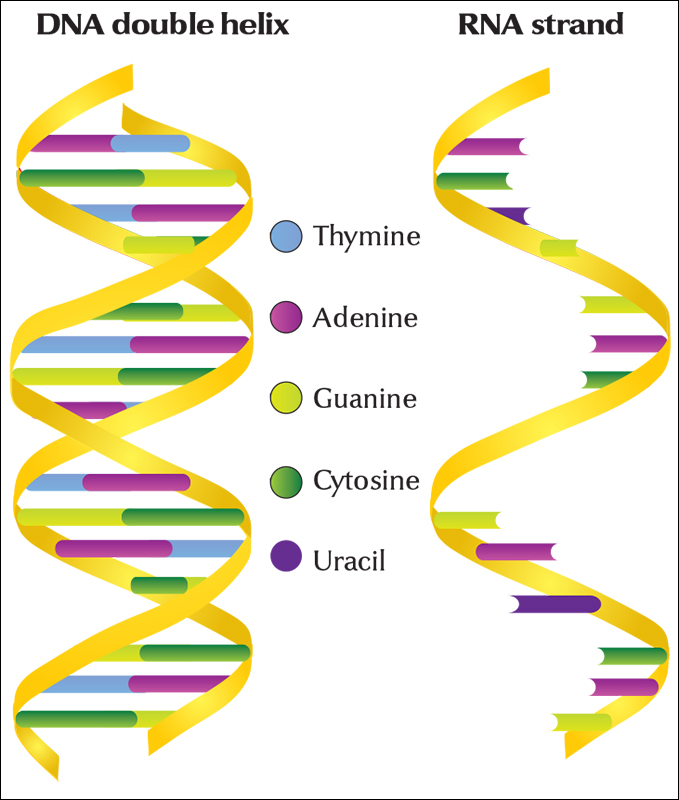Molecular biology is the study of molecules that direct molecular processes in cells. For example, genetic information is stored in large molecules in the cells of organisms. The way in which these molecules convert their information into chemical reactions gives an organism its particular characteristics and is essential for its life. Molecular biology has provided a greater understanding of “what life is” and “how life works.” Scientists use their knowledge of molecular biology in genetic engineering and other forms of biotechnology.
The beginning of molecular biology.
The term molecular biology was first defined in 1938 by the American mathematician Warren Weaver as “those borderline areas in which physics and chemistry merge with biology.” At that time, many physicists and chemists were investigating the biochemical processes that occur in living cells. Some studied the basic chemical “building blocks” of living cells, which include amino acids, lipids, and simple carbohydrates. Other scientists studied molecules thousands and even billions of times larger than the basic building blocks. These molecules are known as macromolecules. There are two chief kinds of macromolecules: nucleic acids and proteins.
The nucleic acid DNA (deoxyribonucleic acid) is the chief macromolecule in chromosomes, the cell structures that control heredity. In 1953, biologists James D. Watson of the United States and Francis H. C. Crick of Britain proposed a model for the structure of DNA. They correctly suggested that a molecule of DNA looks like a twisted ladder, or double helix. The rungs of the ladder consist of pairs of compounds called bases. Before a cell divides, the DNA ladder breaks lengthwise, separating the pairs of bases. The bases in each half ladder then attach to free bases, forming base pairs that are identical to the original ones (see Cell ( The DNA molecule)). This discovery indicated how information stored in DNA molecules could be transmitted, both to the new cells formed by cell division and to other parts of the cell, for the manufacture of proteins.

In the 1950’s, molecular biologists formulated two important biological concepts: (1) the central dogma and (2) the genetic code. The central dogma states that DNA’s instructions for making proteins are transmitted from DNA through RNA (ribonucleic acid). The genetic code refers to the sequences of bases in DNA and RNA molecules that determine the biological function of these macromolecules. For example, in a DNA molecule, a sequence of bases that provides instructions for making a specific protein is called a gene. A single molecule of DNA may contain thousands of genes. See Cell ( The RNA molecule) and Cell (Decoding genes).
Molecular biology today
focuses primarily on determining why only some genes are expressed in certain cells of plants and animals. In these complex organisms, different kinds of cells have specific functions that are dependent on the regulated expression of specific genes. Beginning in the 1980’s, research in this area contributed to the discovery of genes that can lead to cancer . Scientists hope that such knowledge may reveal new ways of treating the disease.
Scientists are now determining vast numbers of DNA sequences in the chromosomes of plants and animals. As a result, a new area of molecular biology called bioinformatics is evolving. Bioinformatics uses computer technology to rapidly analyze the gene patterns in any tissue from any species. This technology enables scientists to study the gene patterns in diseased organs. Such studies could lead to the prevention of and the development of cures for many diseases.
